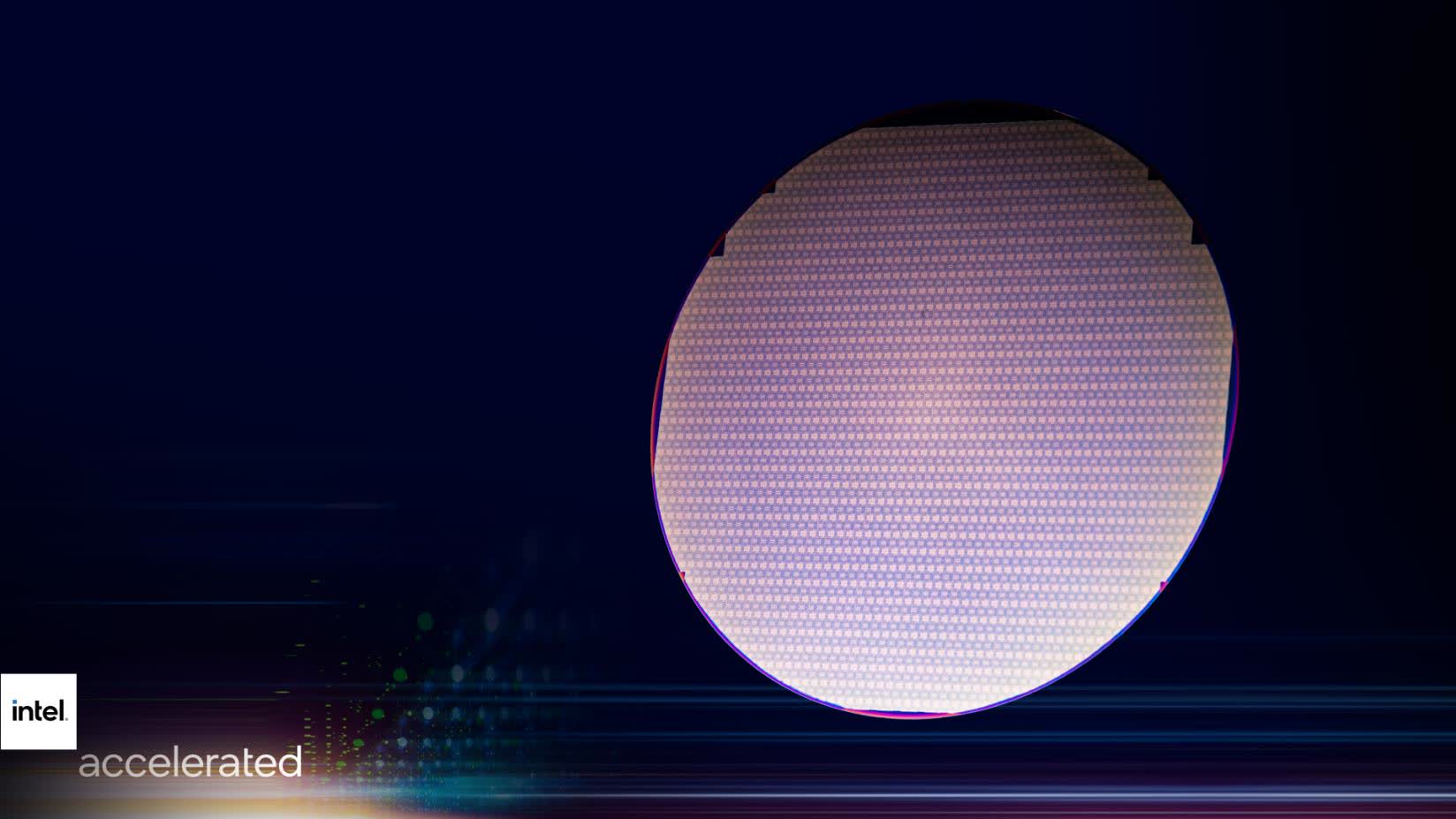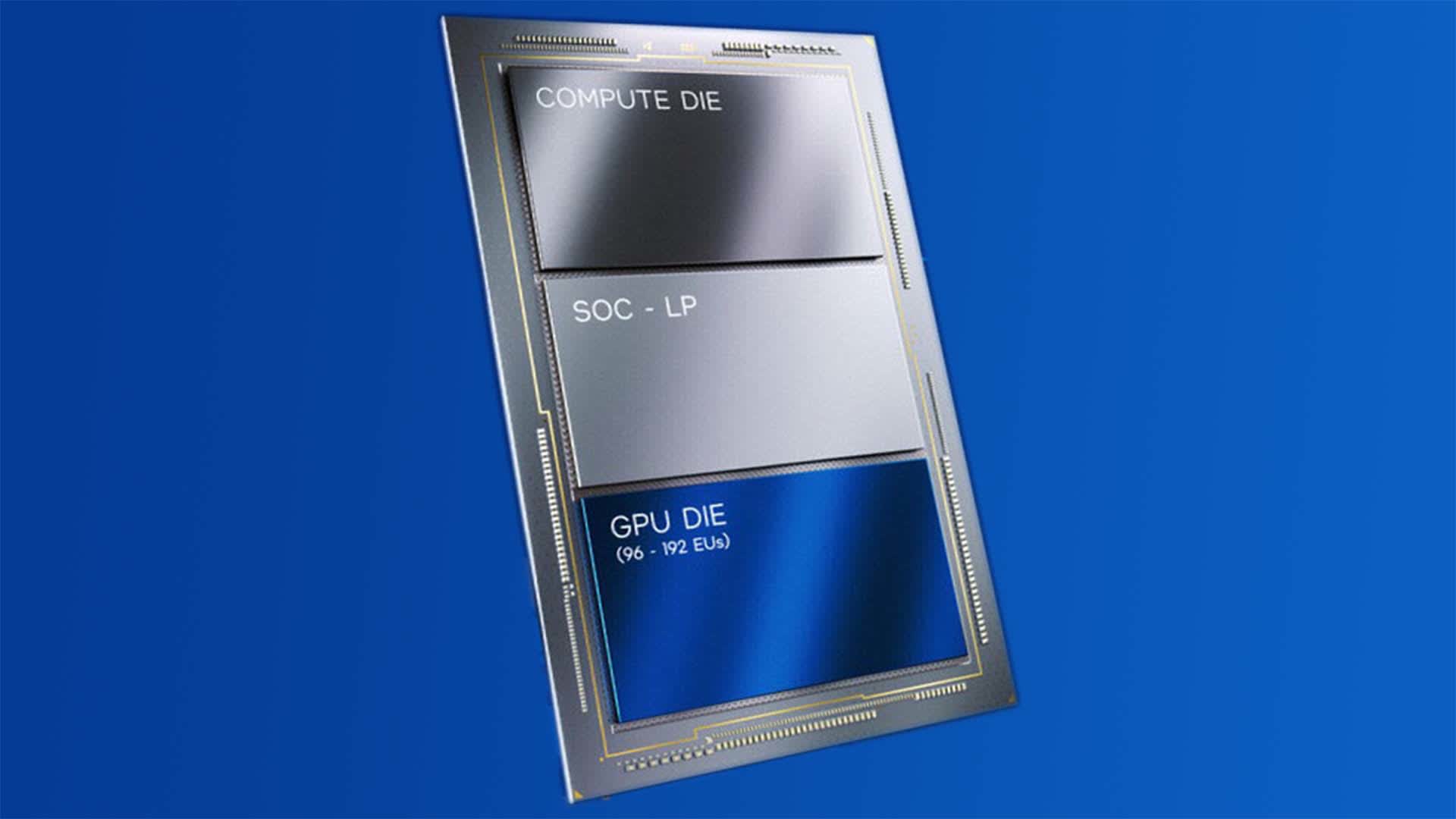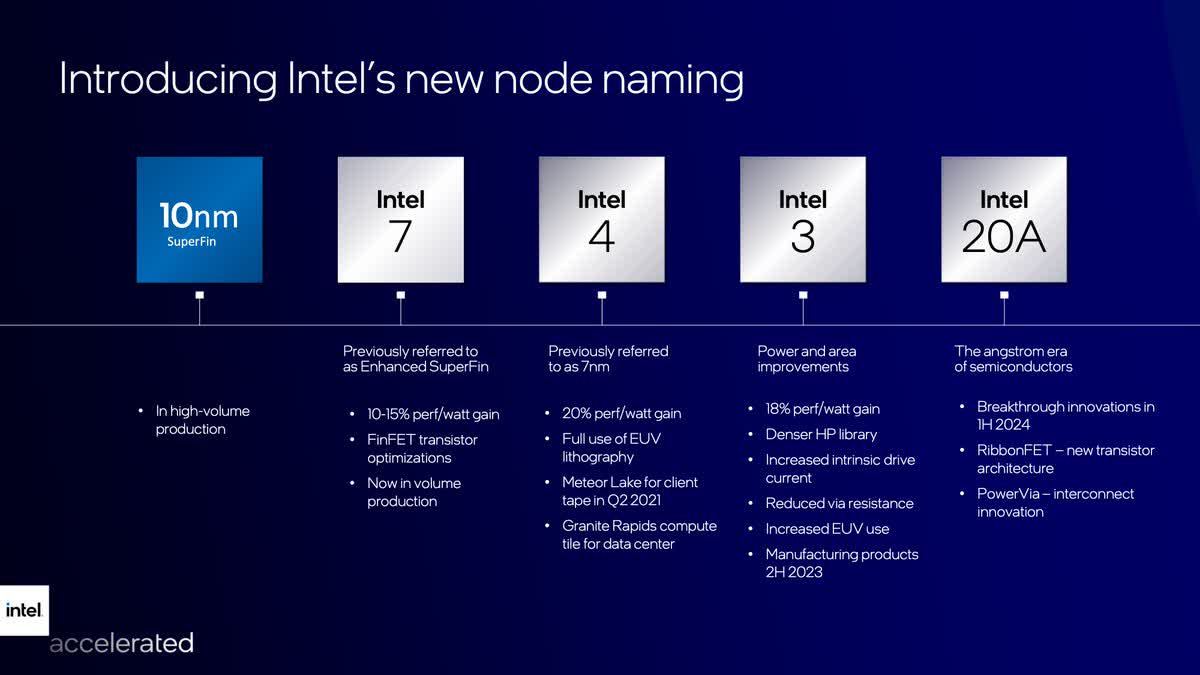Why it matters: While the 13th-gen Raptor Lake CPU release may be right around the corner, Intel fans are already looking ahead at what the 14th generation will bring to the table. A South Korean tech enthusiast has uncovered information that may shed additional light on Intel's upcoming 14th-gen CPUs. According to Coelacanth's Dream, a graphics compiler found in Intel's GitHub repository looks to include elements supporting on-board ray tracing functionality.

Coelacanth's Dream posted the initial finding late last week, highlighting an earlier commit that added Meteor Lake to the virtual instruction set architecture (vISA) as well as a patch to the Intel Graphics Compiler (IGC). The updates, which show the potential for on-board ray tracing capabilities, would accompany Intel's already anticipated move from the Intel 7 architecture to the new Intel 4 node.
According to an article from Tom's Hardware, the architecture difference between the 12th- and 13th-gen CPUs and upcoming 14th-gen CPUs supports the theory that Meteor Lake will include ray tracing hardware. Alder Lake and Raptor Lake both come equipped with 96 Xe-LP (low power) execution units (EUs). Available information points to Meteor Lake deviating from this architecture and instead using the Xe-HPG architecture, used in Intel's Arc Alchemist graphics cards. The move could bring 14th-gen processors with anywhere from 128 to 196 EUs.

Other changes noted in the GitHub findings indicate that the 14th-gen iGPU architecture may lack the XMX units present in desktop Xe-cores. While not explicitly stated in the GitHub findings, the lack of dot product accumulate systolic (DPAS) instructions, which rely on Xe Matrix eXtensions (XMX units) for processing, indicates the units may be missing altogether.
The Meteor Lake architecture will mark a departure from Intel's 10nm process (Intel 7) and the move to the company's new 7nm node, Intel 4. The new process node will be Intel's first production run using extreme ultraviolet lithography (EUV) system and is expected to bring upwards of a 20% performance uplift once released.
Unlike AMD, which has found success by extending their socket life across the Ryzen product line, 14th-gen users will once again have to replace hardware to accommodate a new socket type. While 12th-gen adopters may be able to use their existing motherboards for the upcoming Raptor Lake launch, Meteor Lake adopters will have to make the shift to the new LGA 1851 socket.
https://www.techspot.com/news/95704-intel-14th-gen-processors-may-have-ray-tracing.html
